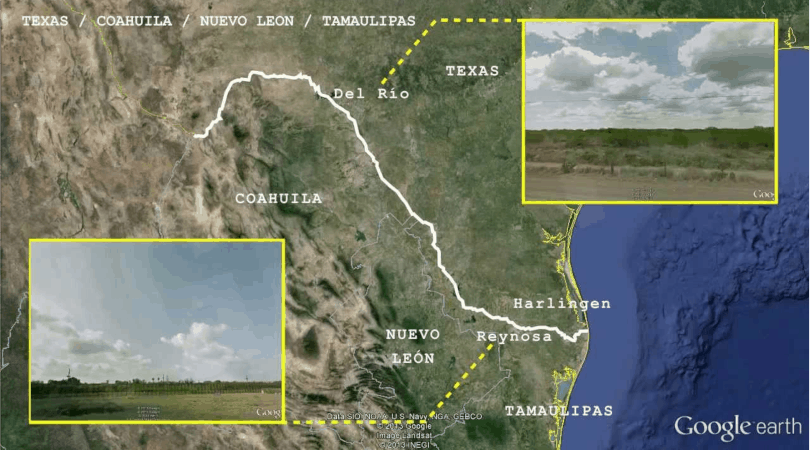Scientists are worried about an expanding list of countries at a significant risk of hitting “Day Zero.” Day Zero is the day a country runs out of water and no longer has enough water to meet the needs of its population. Countries are categorized into five levels of stress, depending on their risk of using all their water resources. The categories range from “low baseline water stress” to “extremely high baseline water stress.”
According to the World Resource Institute, Mexico is one of the 44 countries in the second-highest category, “High Baseline Water Stress,” which indicates that the country uses between 40-80% of its available water supply each year.
To make matters worse, fifteen states in northern and central Mexico rank in the “Extremely High” category, meaning they are using more than 80% of their available water. Some of the Mexican states are neighbors to the US state of Arizona, including Sonora, Chihuahua, and Baja California Sur.
Mexico’s water problems are of concern to Arizona. In Mexico, significant issues with aging water and wastewater infrastructure could impact border communities and the massive Colorado River Delta, according to John Shephard of the Sonoran Institute in Tucson.
The Sonoran Institute is raising funding and support for programs such as the revitalization of former wetlands in the border town of Mexicali, Mexico. New wetlands are being established near the town’s wastewater plant. Wetlands play a role as a natural biological filter to improve the quality of the treated wastewater. The same wastewater is also playing a part in the revival of rivers, including the Santa Cruz and Hardy, which is a tributary of the Colorado River.
The Sonoran Institute also hopes to raise money to replace the decaying 8.5-mile sewer pipeline, called the International Outfall Interceptor, that is currently spilling sewage from Mexico into Arizona. Millions of gallons flow through this pipeline to a wastewater treatment plant in Arizona. The water is treated and then discharged into the Santa Cruz River.
Decaying water infrastructure plays a part in the water woes of many urban and rural areas in the global south, including Mexico City.
The majority of the water for Mexico City comes from an underground aquifer since the city has no above water resources. Leaks and breaks in the water and wastewater infrastructures are creating a loss of up to an estimated 40% of the drinking water.
Even in the US, there are areas of concern. While the US overall is in one of the lowest risk categories, one state, New Mexico, falls into the “extremely high” water stress category, and four states fall into the “high stress” category, including Arizona and California.
There are solutions to the water problem. Seven states and Mexico have entered into a Drought Contingency Plan and are storing water for the future. The border town of El Paso is planning to use treated wastewater for drinking water. Other cities are being proactive in addressing the problem. However, cross border cooperation will be critical for border communities that share groundwater aquifers. The rapidly changing water crisis will require evolving solutions and continued adaptation for both the US and Mexico.
Source: https://azbigmedia.com/business/environment/mexico-facing-water-zero/

